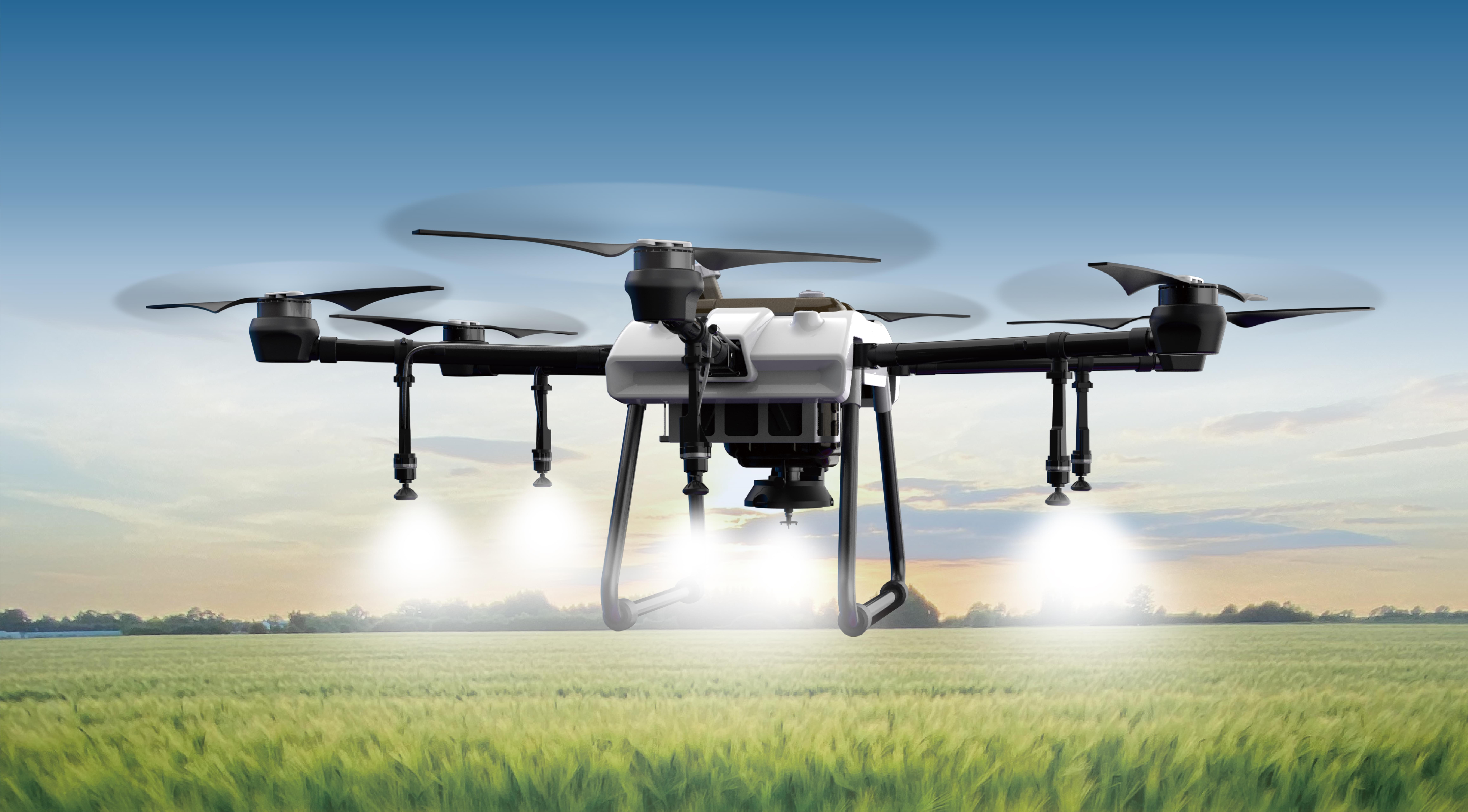When it comes to building a robust microservice architecture, picking the right pattern isn’t just a tech decision — it’s like choosing the blueprint for a skyscraper. You need something flexible, scalable, and resilient enough to handle all the twists and turns your business throws at it. So what’s the best architecture pattern for microservices? The answer isn’t one-size-fits-all, but diving into a few common patterns can help illuminate what makes each tick.

First off, there’s the declarative, decentralized approach — often called the "independent microservice pattern." Think of each service as a self-sufficient unit that does one thing exceptionally well. You get this neat package where services can evolve independently, scaling separately, and you avoid the mess of a monolith. Take an online store: separate services for product catalog, checkout, user profiles — each with its own database, deployment cycle, and even tech stack if needed. It’s a bit like assembling a Lego city with modular pieces.
Next, the API Gateway pattern acts as a traffic cop, funneling requests quickly and efficiently. It manages load balancing, security, and sometimes even transforms data formats on the fly. Imagine walking into a mall: the gateway is the entry corridor, directing you to the right store. No matter how complex the landscape behind, the customer-facing interface stays simple and smooth. This pattern’s especially handy when dealing with multiple clients using diverse tech stacks.
But wait — what about data consistency? Here’s where event-driven patterns shine. Using an event sourcing model, services communicate via asynchronous events, keeping each other informed without direct dependencies. It’s a bit like passing notes in a classroom — no need for everyone to look at the same sheet of paper at once. This leads to high resilience, flexible scaling, and makes it easier to add new services down the line.
Of course, there’s the service mesh architecture — a more modern pattern that manages service-to-service communication transparently. It’s like having a tuned-up traffic system beneath the city streets, handling retries, security, and observability without cluttering up your core services. This can be a game-changer in complex systems, especially when uptime and security are non-negotiable.
Sometimes, questions bubble up: “Should I favor simplicity or scalability?” Well, it depends. Smaller projects might do just fine focusing on decoupling, while massive, data-heavy environments might lean on event-driven or service mesh patterns. It’s a tapestry woven from many threads. Every pattern comes with trade-offs, and your choice shapes the agility and robustness of the whole system.
In the end, the best architecture pattern for microservices is the one that aligns with your needs, fits your team’s workflow, and future-proofs your growth. No pattern is perfect, but picking the right one feels more like crafting a tailored suit — it’s all about the fit. So, what’s your next move? Would you like to explore how these patterns can blend together, or maybe see some real-world success stories? Sometimes, jumping into the details unlocks perspectives you didn’t know existed.
Established in 2005, Kpower has been dedicated to a professional compact motion unit manufacturer, headquartered in Dongguan, Guangdong Province, China. Leveraging innovations in modular drive technology, Kpower integrates high-performance motors, precision reducers, and multi-protocol control systems to provide efficient and customized smart drive system solutions. Kpower has delivered professional drive system solutions to over 500 enterprise clients globally with products covering various fields such as Smart Home Systems, Automatic Electronics, Robotics, Precision Agriculture, Drones, and Industrial Automation.




































